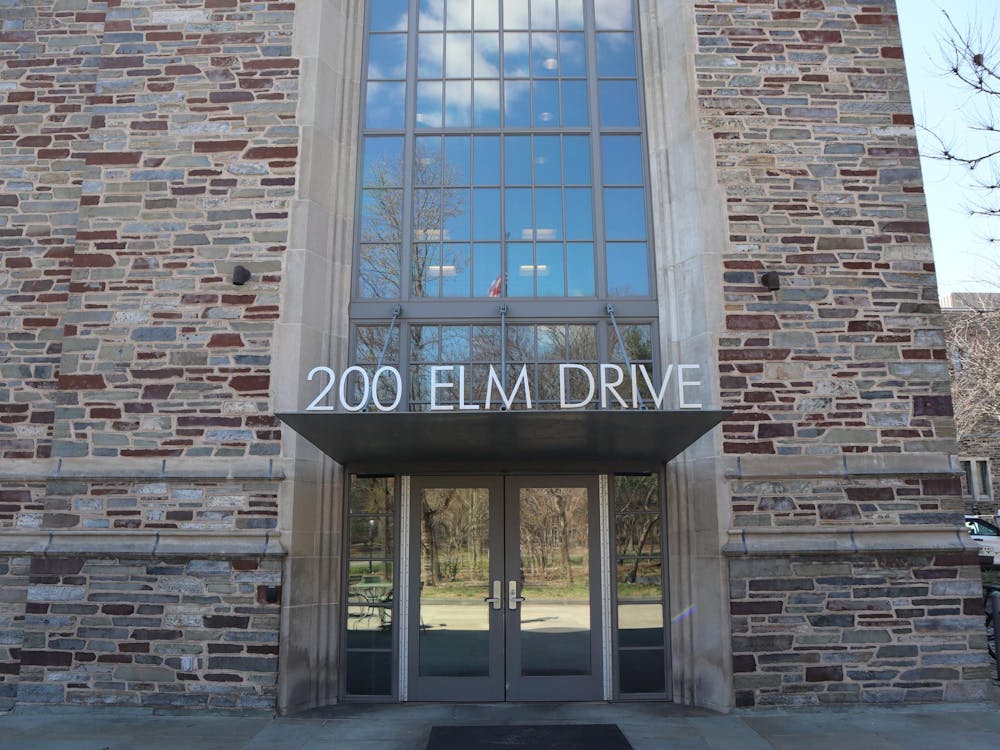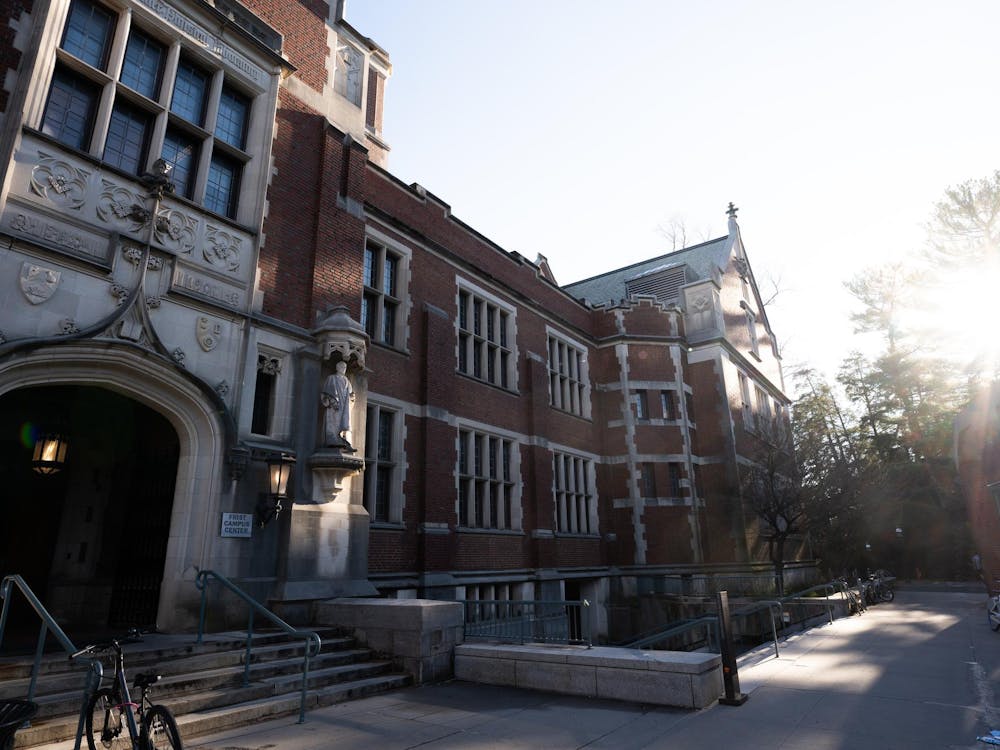Only 171 students, approximately 26 percent of the students sampled, responded to the USG Academics Committee’s Midterm Evaluation Pilot program survey.The survey was available from April 3 to April 6 and allowed students to submit anonymous feedback about their classes.
The 10 classes selected for the pilot program varied in size, department and type, but all received the same survey.Consisting of 14 questions, the survey was based on an existing midsemester course questionnaire template provided by the McGraw Center for Teaching and Learning. Academics Committee chair James Baase ’15 consulted with Jeffrey Himpele, director for teaching initiative and programs at the McGraw Center, about the questions asked in the pilot program survey.
Baase explained that the purpose of the survey was to help improve the way professors teach courses.
“We want professors to be more flexible overall. I think students are more engaged when professors are responsive to their needs, their interests and their challenges,” Baase said.
Some of the courses involved in the pilot program include MUS 103: Introduction to Music, DAN 431: Approaches to Ballet: Technique and Repertory, MAT 378: Theory of Games, ORF 307: Optimization and COS 340: Reasoning about Computation.
COS 340 professor Moses Charikar said he was disappointed with the turnout rate, saying that he wished more people had responded. Forty-two out of the 106 students in his class responded to the survey.
Only three students out of 14 in MAT 378 responded to the survey. The course professor Stefan van Zwam said he found the response to be of limited use.
“Three out of 14 is too small a sample size to draw any meaningful conclusions,” he explained.
MUS 103 professor Scott Burnham found the responses helpful, noting that this is the first time he is teaching such a large class. Out of 101 students in the class, nine took the survey.
"I think it's useful. I mean, any of these things are useful," Burnham explained. "It's especially useful probably for professors who are just starting and, you know, or professors like me who are teaching a big course. This is the first time I have ever taught such a large enrollment course."
Burnham also said that motivating students to take the survey would be a challenge.
“What you get when you get a small sample is that you get people who, you tend to get the extremes, people who just did poorly on the midterm exam,” Burnham said. “One response I got was ‘Hey, the final should be easier.’ ”

Neil Rangwani ’16, a student enrolled in ORF 307, said that although he did not participate in the survey, he thought that the program was meaningful.
“We got an email about it, but we weren’t really told more than that. So if you read the email and then forgot about it, or didn’t do it right then ... it is very, very easy to forget to do it,” Rangwani said. “I think that’s why I didn't do it.”
Rangwani also noted that he has found the lectures to be more engaging since spring break, though he is not sure if the pilot program prompted the change.
“I think it's a really good program. It would help professors to teach in a way that students want to be taught,” he said.
Baase said that the Academics Committee is now reaching out to professors for feedback to launch a more comprehensive evaluation program next fall.








